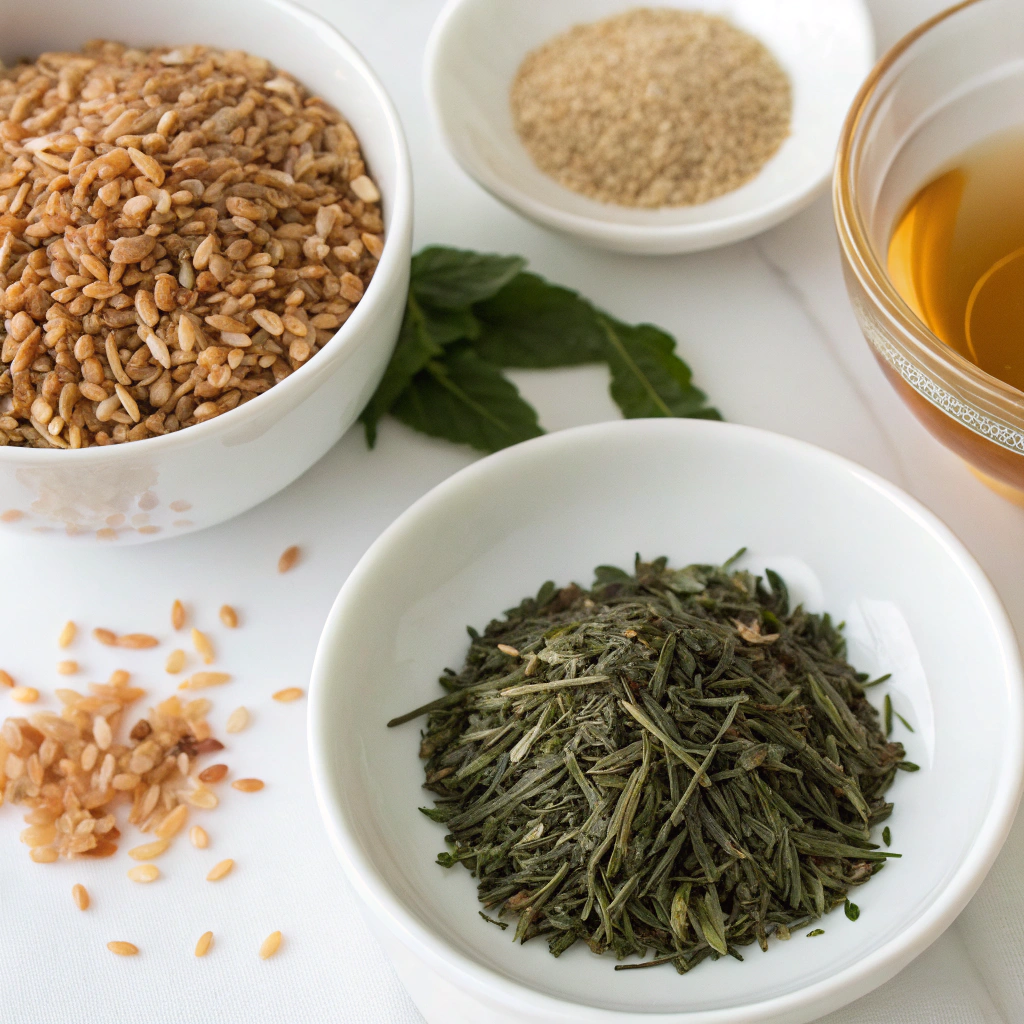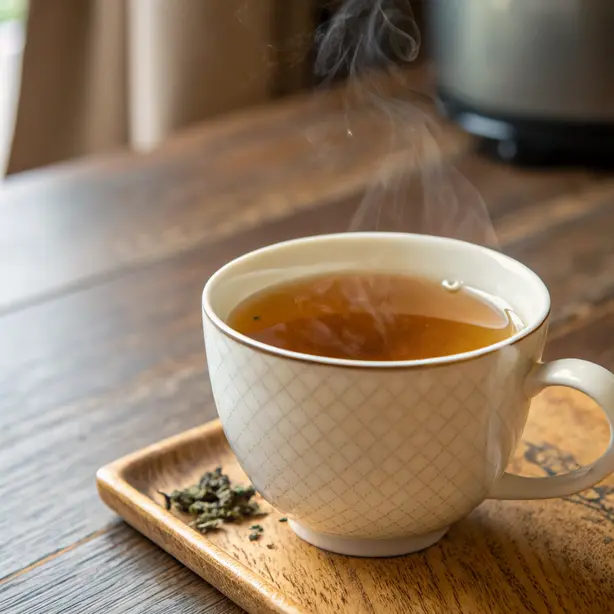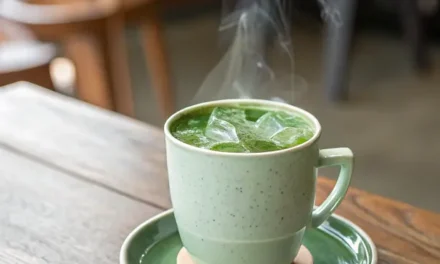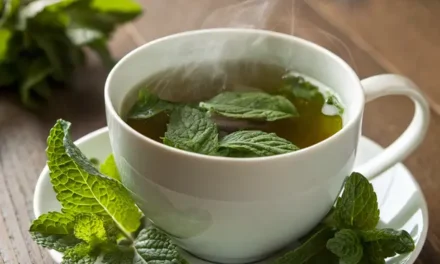Introduction
Have you ever wondered why a cup of genmaicha rice tea adds a unique, toasty flavor to your tea-time routine? This delightful blend, also known as Japanese roasted tea, pairs traditional green tea with roasted brown rice, offering a nutty flavor that’s distinctively comforting. But what makes this tea so special, and how can you make it part of your daily ritual? In this article, we’ll explore the charm of this flavorful tea, unravel the mystery behind its nutty aroma, and walk you through the process of preparing your own refreshing cup.
Ingredient List
The magic of genmaicha rice tea begins with its simplicity. Here’s what you’ll need to brew this aromatic drink:
- 1 teaspoon of green tea leaves (sencha is a popular choice)
- 1 teaspoon of roasted brown rice
- 1 cup of water (about 8 ounces)
If you’re out of sencha, consider substituting with bancha or matcha for a different spin. Feeling adventurous? Try infusing a hint of jasmine for a floral note.

Time
Crafting a cup of genmaicha rice tea doesn’t require a time investment. The preparation process takes just 6 minutes, which is around 20% less than the preparation time for a typical tea recipe. By using this efficient method, you’ll be sipping your aromatic tea before you know it.
Step-by-Step Instructions
Step 1: Roast Your Rice
Start by lightly roasting the brown rice in a dry skillet over medium heat. Stir constantly until the rice turns golden brown and releases a nutty aroma, taking about 3-4 minutes. This step adds that characteristic toasty flavor.
Step 2: Boil the Water
While your rice cools, bring a cup of fresh water to a boil. Use filtered water for the purest taste, and allow it to cool to around 175°F (80°C), which is below the boiling point but perfect for green tea.
Step 3: Blend Tea and Rice
In a teapot or infuser, combine 1 teaspoon of green tea leaves with the roasted rice. The proportion of tea to rice can be adjusted to suit personal taste preferences.
Step 4: Brew
Pour the hot water over the tea and rice blend in your pot, letting it steep for approximately 2 to 3 minutes. Ensure the tea is neither over-brewed nor under-stewed to maintain balance.
Step 5: Serve
Strain the tea into a cup, enjoying its golden hues and rich aroma. For an added personalized touch, consider serving with a slice of lemon or a dash of honey.
Nutritional Information
A cup of genmaicha rice tea not only provides a comforting flavor but also a nutritious sip. Typically, a serving contains about 30 calories, largely from the rice. This Japanese roasted tea contains antioxidants, thanks to its green tea base, and is low in caffeine, making it an excellent choice for calming relaxation.
Common Mistakes to Avoid
While simple, brewing genmaicha rice tea requires attention to detail. Here are some common mistakes:
- Over-roasting the Rice: Keep an eye on the rice to prevent it from burning, which can impart a bitter taste.
- Improper Water Temperature: Using boiling water can scorch the delicate green tea leaves, leading to a bitter brew.
- Over-steeping: Avoid allowing the tea to steep for too long. This can over-extract tannins and result in unwanted bitterness.
Recipe Storage Tips
To preserve the freshness and flavor of your tea ingredients, store the roasted rice and green tea leaves in an airtight container in a cool, dry place. Once combined, its best use within a month to enjoy optimal freshness.
Conclusion
The allure of genmaicha rice tea lies in its simple, yet sophisticated blend of flavors. This recipe allows you to enjoy a homemade version that rivals the best from Japan. Its nutty aroma, combined with the grassy notes of green tea, creates a timeless harmony that invites you to take a moment for yourself. Try it today, share your experience, and explore other comforting tea recipes in our collection.
FAQ
Q: Can I use other types of rice?
A: Yes, while brown rice is traditional, you can experiment with other whole grains like quinoa for a different taste.
Q: How does genmaicha compare to other green teas?
A: It is less bitter and has a more toasted, nutty flavor due to the roasted rice, unlike typical green tea which can be more grassy.
Q: Is genmaicha suitable for everyone?
A: With low caffeine and high antioxidants, it is generally suitable for most. However, if you have a rice allergy, please take precaution.
For more detailed backgrounds and variations of this delightful tea, See More.






